Propolis, also known as honey clay is a mixture of wax, resin and pollen from flowers or buds of plants. The mixture is enriched with enzymes and has undergone lactic fermentation in the digestive system of bees. Propolis is a very useful bee product that gets the attention it deserves in cosmetics and medicine.
When collecting it, bees also use it as a building material and disinfectant for their hives. A medium sized royal family can gather 100 to 300 g of propolis year. Of great importance for the quantity are the type of bees, the latitudes where they are, as well as the climate and plant species.
Bees collect propolis from plants, the most common sources of propolis are buckwheat, poplars, willows and horse chestnut. During the harvesting process, virtually the whole hive of our small friends is covered with propolis, they even cover themselves with it to protect themselves from germs. Polishing the walls of their small cells with propolis increases their physical resistance, and in cold weather restricts the flow of air into the hive.
In essence, propolis is a tarry substance that has a bright color, ranging from dark yellow to brownish green. Freshly removed from the hive Propolis is sticky and soft.
Propolis has a very pleasant aroma that can be described as a mixture of honey, wax and plant buds. It darkens with long-term storage and its combustion liberates very pleasant smell of resin. For mild warming, it softens very quickly and easy and convenient handling.
Composition of propolis
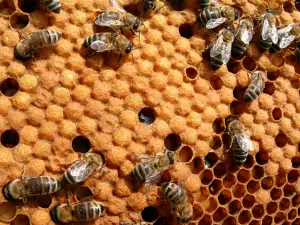
Propolis has a very complex composition, and some of its constituents have not yet been specified. It is composed of wax, resins, pollen, oils, mechanical impurities and tannins, flavonoids, glycosides, organic acids, esters, aldehydes, terpenes, amino acids, alcohols, hydrocarbons, free fatty acids, many trace elements, vitamins B1, B2, B6, A, C and E.
The composition of propolis in numbers look like this: wax and fatty acidsf plant and bee origin - 25 to 35 percent o, 10% essential oil, approximately 55% resins, composed ethers, phenolic acids and flavonoids, 16 amino acids and 5% pollen, Agri and proline - up to 45%, and other mechanical impurities - 5%.
Method for the collection of propolis
Propolis is collected by scraping the upper surface of the walls or within the hive by lifting the frame. Pellets that are placed in plastic or celophane bags are formed. Then refrigerate. Another way to gather the useful substance is by placing special grids whose openings are no larger than 5 mm. The aim is to have small holes filled with propolis. Then the grids or screens are placed in the fridge. At low temperatures, propolis becomes brittle and is easily separated from them.
Selection and storage of propolis
The market offers a well known alcohol solution of propolis, which is found under the name 'EERECL’ tincture. If you can get pure propolis from bees, keep it in a dark, dry place, away from any aromas. The temperature should not be higher than 25 degrees. If you follow the above guidelines, it will keep for a long time. In the event that you are unable to obtain or store propolis, you can buy propolis capsules.
Application and Benefits of propolis
Propolis contains a large amount of volatile essential oils that have strong antimicrobial properties. The antimicrobial action of propolis is very well studied in terms of their number of bacteria - Staphylococcus, Salmonella, Streptococcus haemolyticus and Bacillus haemolyticus. Propolis has strong antifungal activity, especially against various types of lower fungi that are the culprits for some diseases of the skin and hair. It has a particularly strong effect against these fungi - Ahorion, Candida albicans, Epidermophytom and Mikrosporium. Propolis is one of the few natural ingredients that have strong antiviral activity.

The results of the studies give us reason to believe that propolis is a very powerful prophylactic against radiation reaction, and is also a good remedy against radiation damage. There is little doubt in the strong anti-cancer properties of propolis.
The flavonoids in propolis are one of its main curative substances that are recommended in the treatment of over 40 diseases. The main therapeutic effect is directed to the capillary system and the blood vessels. It has a good vasodilating action and a diuretic effect. In addition, propolis has beneficial effects on the endocrine glands like thyroid, thymus, adrenal glands and pancreas. Externally applied Propolis is used for the treatment of purulent, traumatic wounds, eczema and burns.
Propolis is very widely used in the treatment of various respiratory diseases, as well as diseases of the peripheral nervous system - Sciatica, plexopathy, radiculitis, neuritis and neuralgia, skin diseases. It is very effective for the digestive system – fighting colitis, dyspepsia, gastritis, stomatitis, sores, ulcers, and more. It cures gynecological diseases - erosion of the cervix, trihomones. Is very widely used for teeth and mouthwashes.
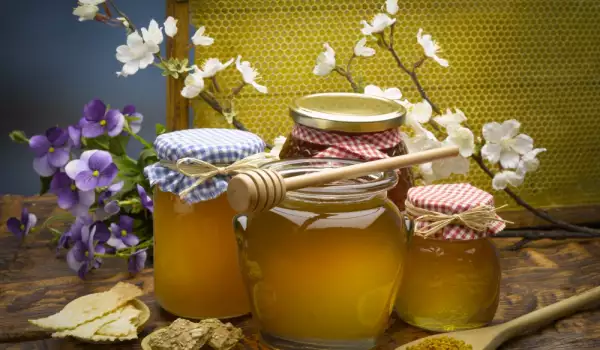







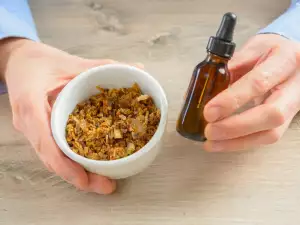
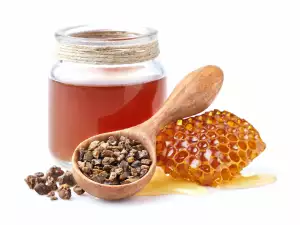
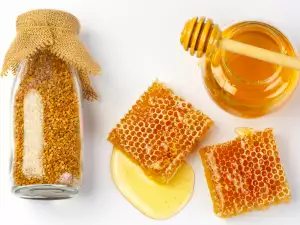

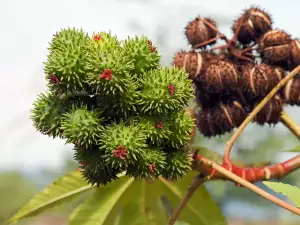
Comments